THE HELSINKI ALERT: Prestigious International Group of Scientists and Health Experts Calls for Cities Rich in Nature
On April 23, 2015, a prestigious, international group of leading scientists – including a Nobel Prize winner and several nominees – issued the Helsinki Alert of Biodiversity and Health, affirming the necessity of nearby nature to human health and the need for a new approach to urban planning and policies. In the Alert, published in the The Annals of Medicine (Informa Healthcare), the scientists stated:
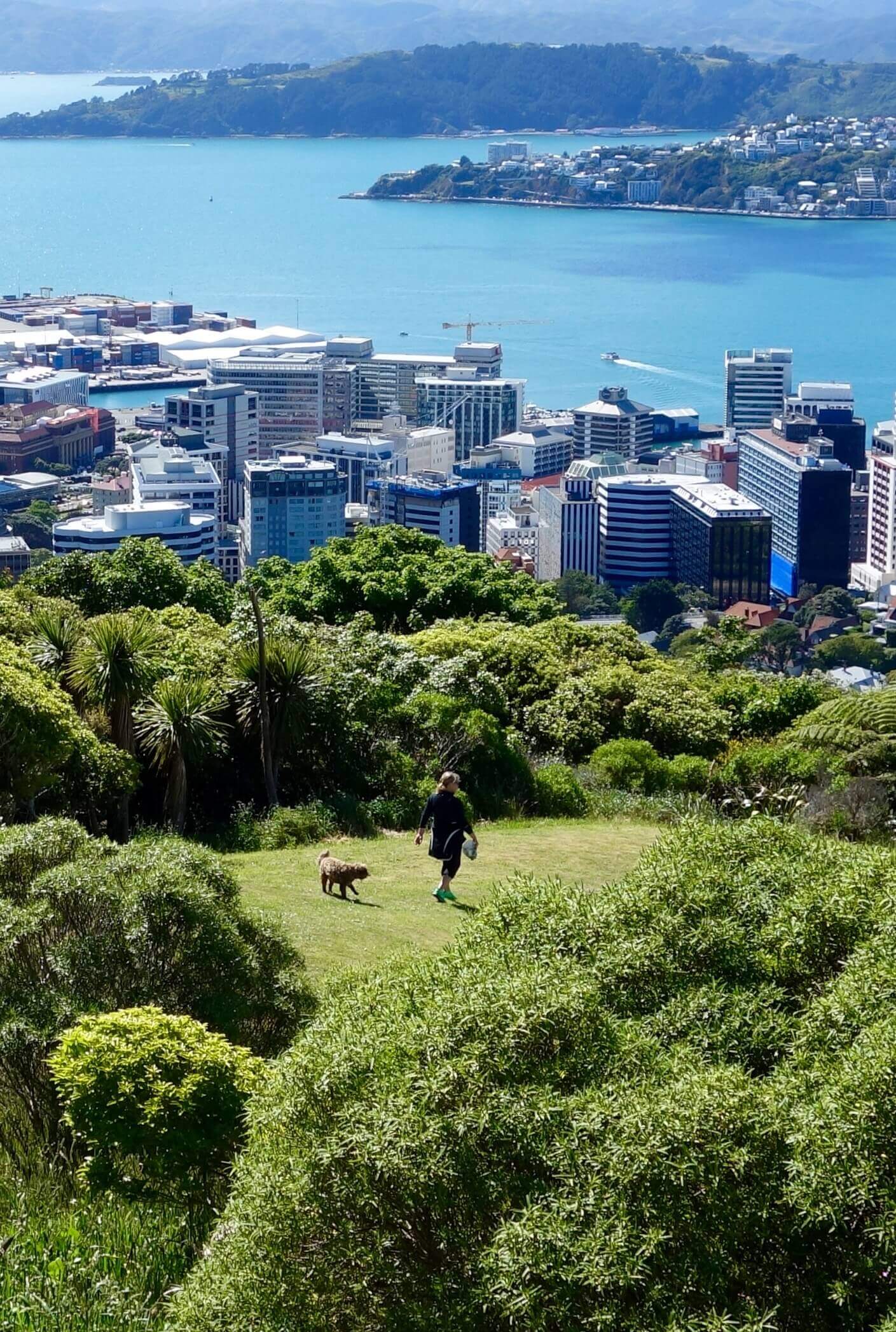
“Urban living in built, asphalt-covered environments with little green space, together with the use of processed water and food, may not provide us with the broad microbial stimulation necessary for the development of a balanced immune function.”
The statement did not touch on every aspect of urban living; instead, it drilled down on the specific and often overlooked role that the smallest creatures play in human health. “Contact with biodiverse natural environments in our cities is key to the maintenance of the broad community of microbiota (microscopic organisms) required to promote a healthy immune system and thus prevent chronic inflammatory diseases,” said Dr. John Bienenstock, Canadian immunologist and Order of Canada member, who along with primary author Leena von Hertzen and other experts contributed to the Alert.
The April statement was issued after the 60th Anniversary Yrjö Jahnsson Symposium, which was held in August, 2014 and sponsored by the Yrjö Jahnsson Foundation, a private trust that promotes research in economics and medicine and supports educational and research facilities.
The focus of the conference was on the relationship between the spread of chronic inflammatory diseases and loss of biodiversity, and the prevalence of sedentary lifestyles. According to the Helsinki Alert, “The epidemics of chronic inflammatory disease are largely the result of reduced exposure to natural environments, sedentary lifestyle, and changed diet. Naturally biodiverse environments include ancient micro-organisms important for human health…. Diversity is a central element of healthy microbiota in reducing the risk of chronic inflammatory diseases.”
The long list of signatories included: a Nobel Prize winner, several nominees, and several researchers from the Karolinska Institute who are responsible for awarding the Nobel prize for Physiology and/or Medicine, among others.
In addition, a long list of organizations endorsed the Alert, including The Royal Order of Physicians, The Canadian Medical Hall of Fame, Royal Swedish Academy of Sciences, National Academy of Sciences, the General Secretary of the National Allergy Society of Germany; as well as conservation organizations, such as the Canadian Wildlife Federation.
The scientists suggested the following actions, quoted here directly:
- “National Health and Nature Programmes (action plans) are needed to increase the public awareness of nature’s health effects, and to affect attitudes and orientation. It is especially important to target children and adolescents; both the environment and the youngsters would benefit.”
- “Politicians and stakeholders in urban planning must become more aware about the effects of natural environments on human health. People are not moving in masses back to the countryside, but elements of country life should be moved to cities, including measures that increase the diversity of microbiota.”
The Alert is good news, of course, to the growing international movement to reconnect people, especially children, to the natural world. That movement recognizes the gifts of the nature to body, mind and spirit.
Defining “nature” isn’t easy. To some people, nature is, well, everything. To others, it’s the Grand Canyon or the wren outside the window.
Consequently, science has tended to leave the definition of nature up to the poets. (Science offers as many as thirty definitions for life itself.) This lack of definition is one of the prime reasons that scientific research on the impact of nature of human development has been, until recent years, so thin – that, and the fact that such a high proportion of research is funded by commercial interests. (What pill can you sell? What product can you patent?)
But a working definition of nature is biodiversity. That definition may not include, say, rocks – at least not directly – but it does describe the process: in order to survive, life needs other life, and it needs variety.
One useful analogy would be urban food deserts: Inner city residents often have no nearby supermarkets; their choice of foods is limited to the most unhealthy foods, available in small convenience stores – if those stores are present. We also see park deserts, urban neighborhoods that are limited to a handful of species are low on nutrition content — the nourishment to brain, body and soul that comes from contact with species not our own. We know from recent research, for example, that the urban parks with the greatest positive influence on human health are the ones with the most biodiversity — the highest number of animal and plant species. We also know that diseases are more easily transmitted between humans and other animals in environments with relatively few species.
On every level, human beings need the wealth of biodiversity. Similarly, rather than human monocultures — where everyone looks, consumes, produces, thinks, and votes alike — we need places of human diversity, where we live, work, learn and play. A city with both high biodiversity and human diversity is a healthier city – a nature-rich city.
-
Network News
POLICY UPDATE: Policy and advocacy for the children and nature movement
-
Voices
Binoculars, bald eagles and my journey as a Black birder
-
Richard Louv
THE WONDER BOWL: Ten Spring and Summer Nature Activities for Kids and Adults
-
Network News
Minneapolis Spotlight: The promise and possibilities of parks for youth
-
Voices
Why nature is my motherhood ally


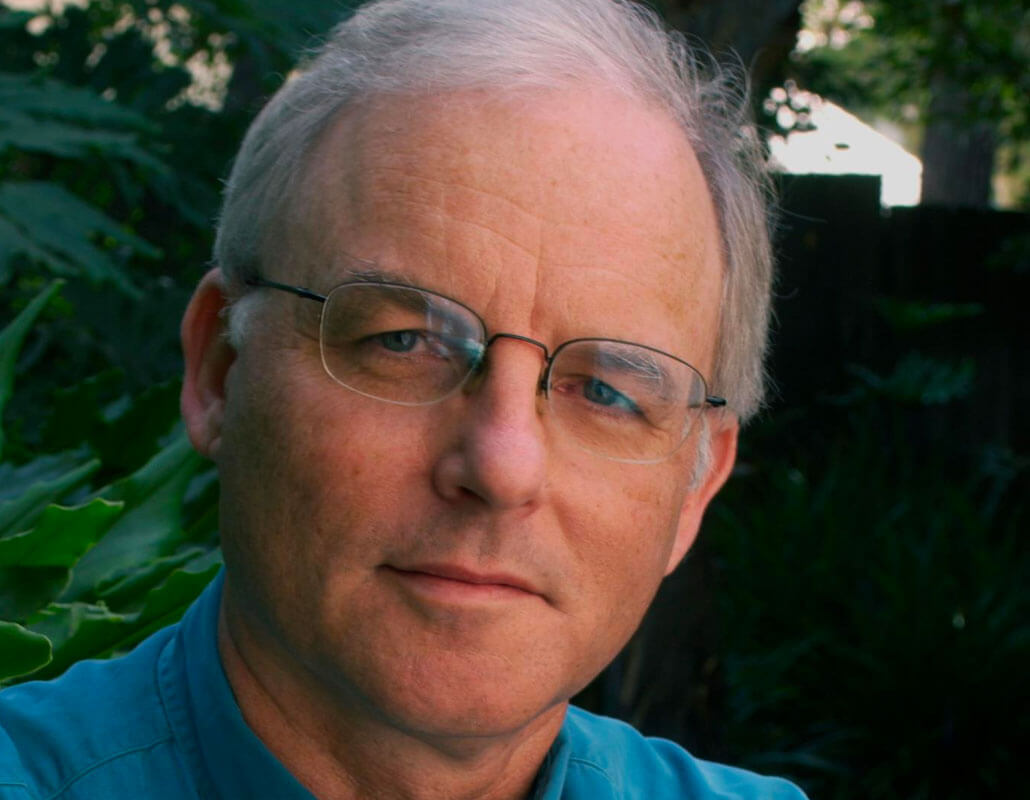
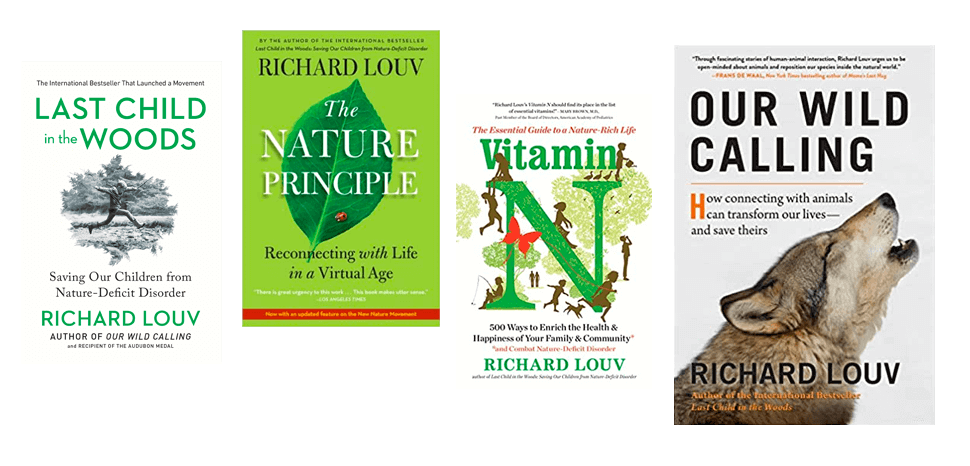
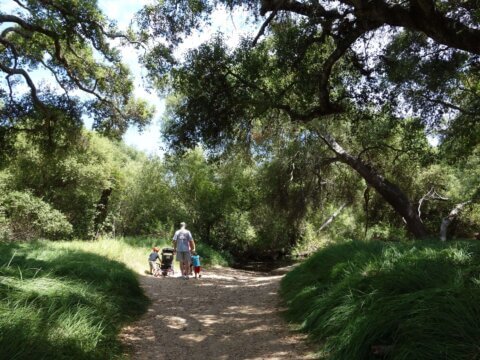

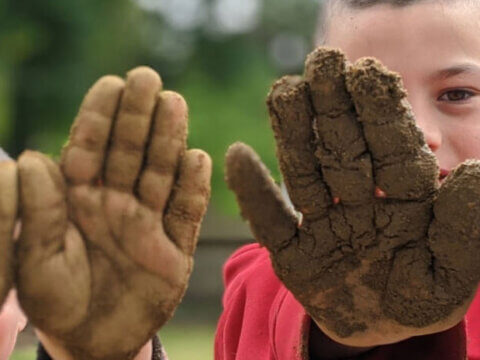
Commentaries on the C&NN website are offered to share diverse points-of-view from the global children and nature movement and to encourage new thinking and debate. The views and opinions expressed are those of the author(s) and do not necessarily reflect the position of C&NN. C&NN does not officially endorse every statement, report or product mentioned.